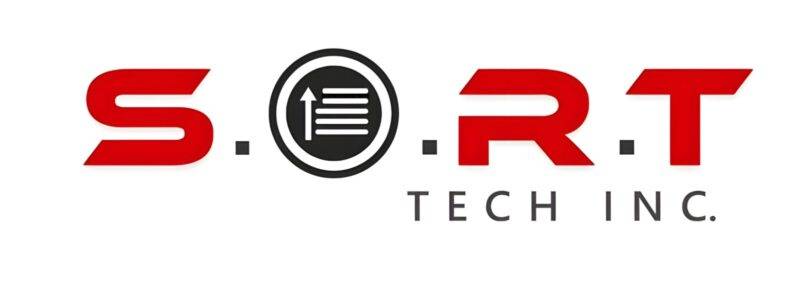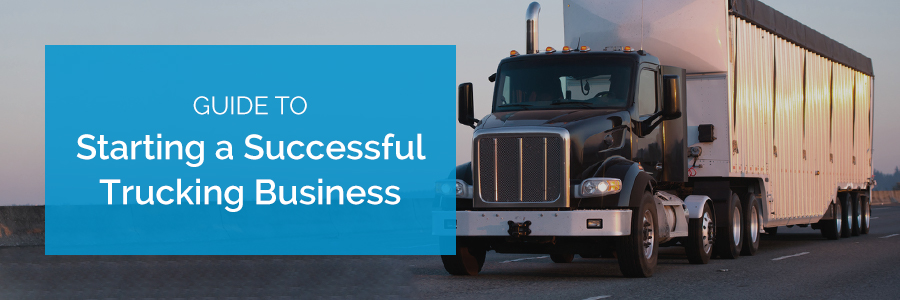The trucking industry in the United States is a vital component of the nation’s economy. It’s responsible for transporting goods across the country, from the smallest towns to the largest cities. If you’re considering starting a trucking business in the U.S. then you’re entering a dynamic and competitive field with significant potential for growth. However, it’s important to navigate this industry with careful planning and adherence to regulations. In this guide, we’ll walk you through the steps to successfully launch and run a trucking business in the United States.
How To Start Trucking Business In Canada?
Develop a Solid Business Plan
Like any entrepreneurial endeavor, a trucking business begins with a well-thought-out business plan. Your plan should serve as a roadmap, outlining your business goals, strategies, and financial projections. Here are some key components to include:
- Executive Summary: A concise overview of your business, its mission, and your goals.
- Market Analysis: Research the trucking industry, including market trends, competitors, and potential clients.
- Services Offered: Clearly define the types of trucking services you plan to provide, such as long-haul freight or local delivery.
- Target Market: Identify your target customers, including industries and regions you’ll serve.
- Financial Projections: Estimate your startup costs, operating expenses, and revenue projections for at least the first few years.
- Legal Structure: Specify whether your business will be a sole proprietorship, LLC, corporation, or another legal structure.
Also Read – Interstate vs. Intrastate Trucking: The Main Key Differences
Register Your Business
Once you’ve developed your business plan, you’ll need to register your trucking business with the appropriate authorities. Here are some crucial steps in this process:
- Choose a Business Name: Select a unique and appropriate name for your trucking company. Ensure it’s not already in use and reflects your brand.
- Legal Structure: Determine your legal structure and register your business accordingly with the state and local government. This may include obtaining an Employer Identification Number (EIN) from the IRS for tax purposes.
- Obtain Necessary Permits and Licenses: Depending on the nature of your trucking business and your location, you may require various permits and licenses. Common ones include a USDOT Number and MC Number (if operating across state lines), state permits, and motor carrier authority.
Compliance with Regulations
Compliance with federal and state regulations is critical in the trucking industry. Here are some key aspects to consider:
- USDOT Number: If your commercial vehicles operate in interstate commerce, you must obtain a USDOT Number from the Federal Motor Carrier Safety Administration (FMCSA).
- MC Number: If your business involves interstate transportation of regulated commodities, you’ll need an MC Number.
- Insurance: Acquire commercial truck insurance that complies with federal and state requirements. This includes liability insurance, cargo insurance, and other coverages to protect your business from potential liabilities.
- Safety Regulations: Ensure that your trucks and drivers adhere to safety regulations and standards set by the FMCSA. Regular vehicle maintenance and driver training are crucial in this regard.
- Driver Qualifications: If you or your drivers transport hazardous materials, ensure compliance with the Hazardous Materials Regulations (HMR) and related certifications.
Also Read – A Comprehensive Guide on How to Start a Freight Broker Business in Canada
Commercial Driver’s License (CDL)
To legally operate commercial vehicles, you and your drivers must obtain the appropriate Commercial Driver’s License (CDL) class. CDL requirements vary depending on the type of vehicle and the cargo you’ll transport. It’s essential to follow state-specific guidelines for CDL issuance.
Acquire Trucks and Equipment
Selecting and acquiring the right trucks and equipment is a significant investment for your trucking business. Consider the following factors:
- Type of Trucks: Determine the types of trucks that best suit your business, whether it’s dry vans, flatbeds, refrigerated trailers, or specialized equipment.
- New or Used: Decide whether to purchase new or used vehicles based on your budget and preferences.
- Maintenance: Establish a proactive maintenance schedule to keep your fleet in excellent condition, reducing the risk of breakdowns and accidents.
- Fuel Efficiency: Look for fuel-efficient vehicles to save on operating costs and reduce your carbon footprint.
- Safety Equipment: Invest in safety equipment such as dashcams, GPS tracking systems, and ELDs (Electronic Logging Devices) to monitor and improve driver safety.
Build Relationships with Clients and Shippers
Securing clients and establishing relationships with shippers is essential to the success of your trucking business. Networking and marketing efforts are key in this regard. Here’s how to get started:
- Networking: Attend industry events, join trucking associations, and connect with potential clients and partners. Building a professional network can lead to valuable contracts.
- Online Presence: Create a professional website for your trucking business. Use social media platforms to showcase your services, share industry insights, and engage with potential clients.
- Cold Calling and Outreach: Actively reach out to potential clients and shippers through cold calls and emails. Prepare a compelling pitch highlighting your services’ advantages.
Financial Management
Running a successful trucking business requires efficient financial management. Be prepared to manage income, expenses, and budgets effectively. Consider these financial aspects:
- Budgeting: Create a budget that covers all operating expenses, including fuel, maintenance, insurance, payroll, and taxes.
- Cash Flow Management: Monitor your cash flow to ensure you can cover expenses and maintain financial stability during slow periods.
- Accounting Software: Consider using accounting software to streamline financial record-keeping and reporting.
Compliance and Safety Training
Safety and compliance are paramount in the trucking industry. Prioritize the safety of your drivers, vehicles, and cargo. Here’s how:
- Safety Protocols: Establish comprehensive safety protocols and ensure that all drivers are trained to follow them.
- Regulatory Updates: Stay informed about changes in regulations and ensure that your business remains compliant with the latest requirements.
- Continuous Training: Provide ongoing training to your drivers to keep them up to date with safety regulations and best practices.
Scaling Your Business
As your trucking business grows, you may consider expanding your fleet and client base. Keep these growth strategies in mind:
- Fleet Expansion: Assess market demand and your financial capacity to determine when and how to expand your fleet.
- Diversification: Explore new routes, industries, or services to diversify your revenue streams and mitigate risks.
- Technology Integration: Embrace technology solutions such as route optimization software and telematics to improve efficiency and reduce costs.
Monitor Industry Trends and Economic Factors
The trucking industry is influenced by various external factors, including fuel prices, economic conditions, and technological advancements. Stay informed about industry trends and adapt your business accordingly to remain competitive and profitable.
In conclusion, starting a trucking business in the United States can be a rewarding endeavor with careful planning, adherence to regulations, and a commitment to safety and compliance. By following these steps and continuously monitoring your business’s performance, you can build a successful and sustainable trucking enterprise that contributes to the country’s thriving logistics industry.





